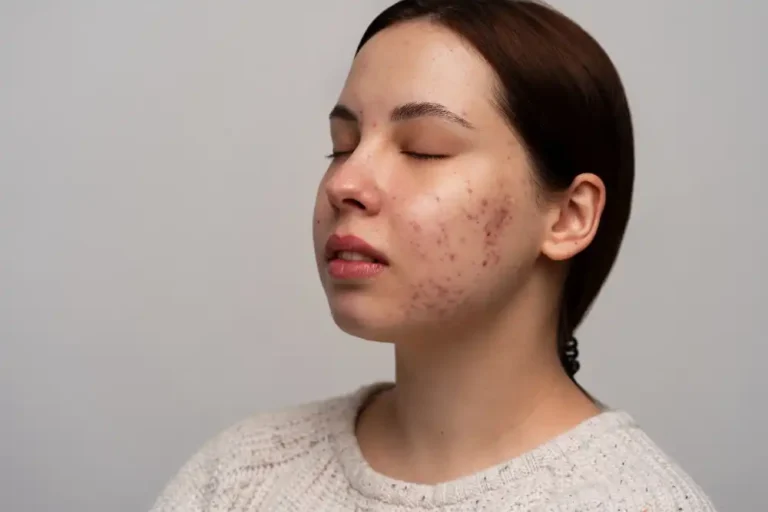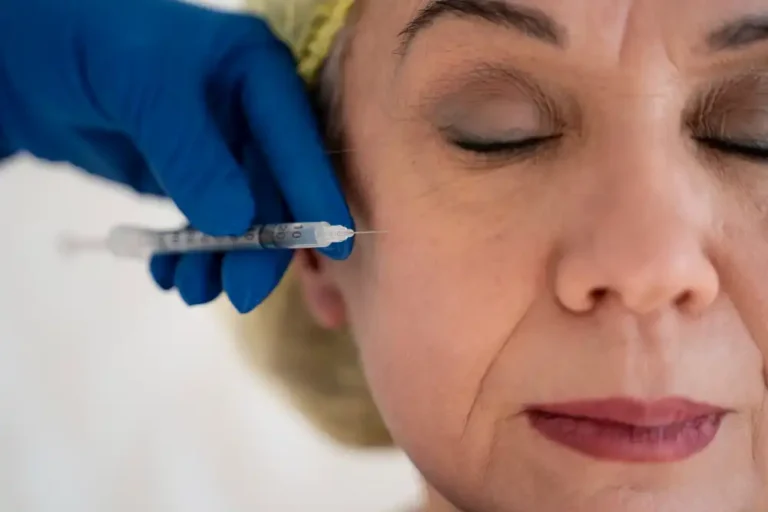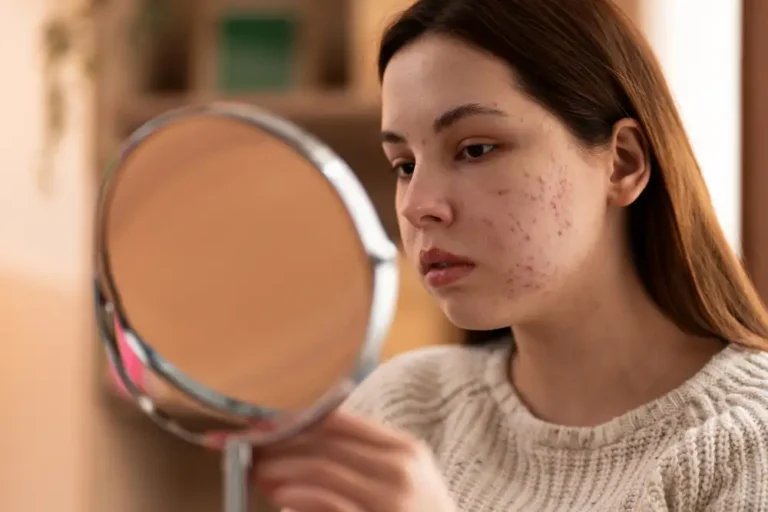Have you ever wondered what’s a skin whitening treatment? Is it’s working or just a marketing gimmick? Today I will go through this complete treatment and how it works.
Skin whitening treatment is a procedure or ingredient application that aims to reduce the synthesis of melanin to achieve an even skin tone. It is also termed as skin brightening or skin lightening and helps to deal with hyperpigmentation, melasma or age spots.
What is melanin and its role in skin whitening?
The skin cells known as melanocytes produce a pigment known as melanin by a biochemical process known as melanogenesis. This pathway is inclusive of three stages – tyrosinase activation, melanin formation and melanosome transfer. In tyrosinase activation, oxidation of tyrosine to L-DOPA and then into dopaquinone is catalyzed by enzyme tyrosinase.
Then dopaquinone further undergoes chemical reactions to produce eumelanin (black or brown pigment) or pheomelanin (yellow or red hued pigment). Then melanin gets packaged into melanosomes and gets transferred into keratinocytes to give skin its colour. The agents used for skin whitening interfere with this pathway and help in evening out skin tone.

Categories of skin-whitening ingredients
(1) Tyrosinase inhibitors – The key enzyme involved in the synthesis of melanin is tyrosinase, but the skin whitening agents work to inhibit the activity of this enzyme and thus help to reduce signs of pigmentation. These include hydroquinone, arbutin, kojic acid, licorice extract, azelaic acid etc.
- Hydroquinone – It is a potent tyrosinase inhibitor that affects the synthesis of melanin by inhibiting the process of conversion of tyrosine to dopaquinone. Though hydroquinone is highly effective, long-term use can lead to skin irritation and bluish-black pigmentation, also known as ochronosis.
- Arbutin (α-Arbutin & β-Arbutin) – One of the natural derivatives of hydroquinone that is obtained from the fruits of berry family (bearberry, blueberry, cranberry etc.) is arbutin and its function is inhibition of the activity of tyrosinase. Its effect on skin whitening is mild to moderate in nature.
- Kojic Acid – This moderately effective ingredient is basically a byproduct of fungi namely Aspergillus and Penicillium. The mechanism of action behind the functioning of kojic acid to aid in skin whitening is assisting in chelation of copper ions at the active site of tyrosinase, thus reducing the production of melanin.
- Licorice Extract (Glabridin & Liquiritin) – Licorice extract gain their popularity from being highly gentle and safe for individuals possessing sensitive skin.
- Azelaic Acid – It is a dicarboxylic acid found in wheat, barley, and rye and inhibits tyrosinase and abnormal melanocyte proliferation (useful in melasma).
(2) Melanin Transfer Inhibitors – The mechanism of action behind these inhibitors is to inhibit the transportation of melanin from melanocytes to keratinocytes. It includes niacinamide, soy extracts etc.
- Niacinamide (Vitamin B3) – This vitamin B is responsible for preventing the transfer of melanosomes into keratinocytes. Regular application of it for 4-8 weeks shows visible skin whitening.
- Soy Extracts (Genistein & Daidzein) – They contain isoflavones that disrupt melanosome transfer. Though the results are slow with soy extracts, they are gentle for sensitive skin type.
(3) Exfoliants and Cell Turnover Boosters – These ingredients remove pigmented keratinocytes, leading to brighter skin. These include alpha hydroxy acids and retinoids.
- Alpha Hydroxy Acids (AHAs) – AHAs include glycolic acid, lactic acid and mandelic acid. They help to exfoliate the dead skin cells for increasing the penetration of skin brightening pigments into the skin. AHAs work best when used in combination with tyrosinase inhibitors.
- Retinoids (Retinol, Retinoic Acid, Tretinoin) – They promote cellular turnover and reduce pigmentation on the skin and also function to inhibit tyrosinase activity.
(4) Antioxidants and Free Radical Scavengers – Since UV exposure increases melanin production due to oxidative stress, antioxidants help to regulate skin pigmentation namely vitamin C, glutathione, resveratrol etc.
- Vitamin C (Ascorbic Acid, Magnesium Ascorbyl Phosphate, Sodium Ascorbyl Phosphate) – This antioxidant vitamin functions by inhibiting the activity of tyrosinase and also scavenges free radicals. By functioning to reduce the levels of oxidised melanin, it works as a skin lightening agent.
- Glutathione – It is a tripeptide (glutamate, cysteine, glycine) that inhibits tyrosinase and shifts melanin production from eumelanin (dark) to pheomelanin (light).
- Resveratrol – It is a natural inhibitor of tyrosinase and is widely found in red grapes.
Tips to remember while using skin-brightening agents –
- Since skin brightening agents make the skin more sensitive, sunscreen application is very important to protect the skin from harmful effects of UV rays of the sun.
- Beware of the product labels and stay away from formulations consisting of mercury or steroids.
- Skin brightening takes weeks to months, and abrupt discontinuation can cause pigmentation relapse.
Conclusion
Skin whitening is a science-backed process that involves inhibiting melanin synthesis, preventing melanosome transfer, or increasing skin cell turnover. Ingredients like hydroquinone, arbutin, kojic acid, niacinamide, AHAs, retinoids, and antioxidants work through distinct but complementary mechanisms. While effective, safe use, sun protection, and a dermatologist’s guidance are essential for long-term results without side effects.
Every skin type reacts differently to active ingredients, so it’s crucial to choose the right approach based on your skin concerns, sensitivity, and lifestyle. If you’re dealing with hyperpigmentation, melasma, or uneven skin tone, getting professional advice can make a huge difference. Book a consultation with Dr. Neha Khuraana to create a personalized skin-brightening plan that works best for you because healthy skin always comes first.




